6 plants that will grow almost anywhere – even in nutrient-poor soil
These tough and resilient plants will thrive no matter where you plant them
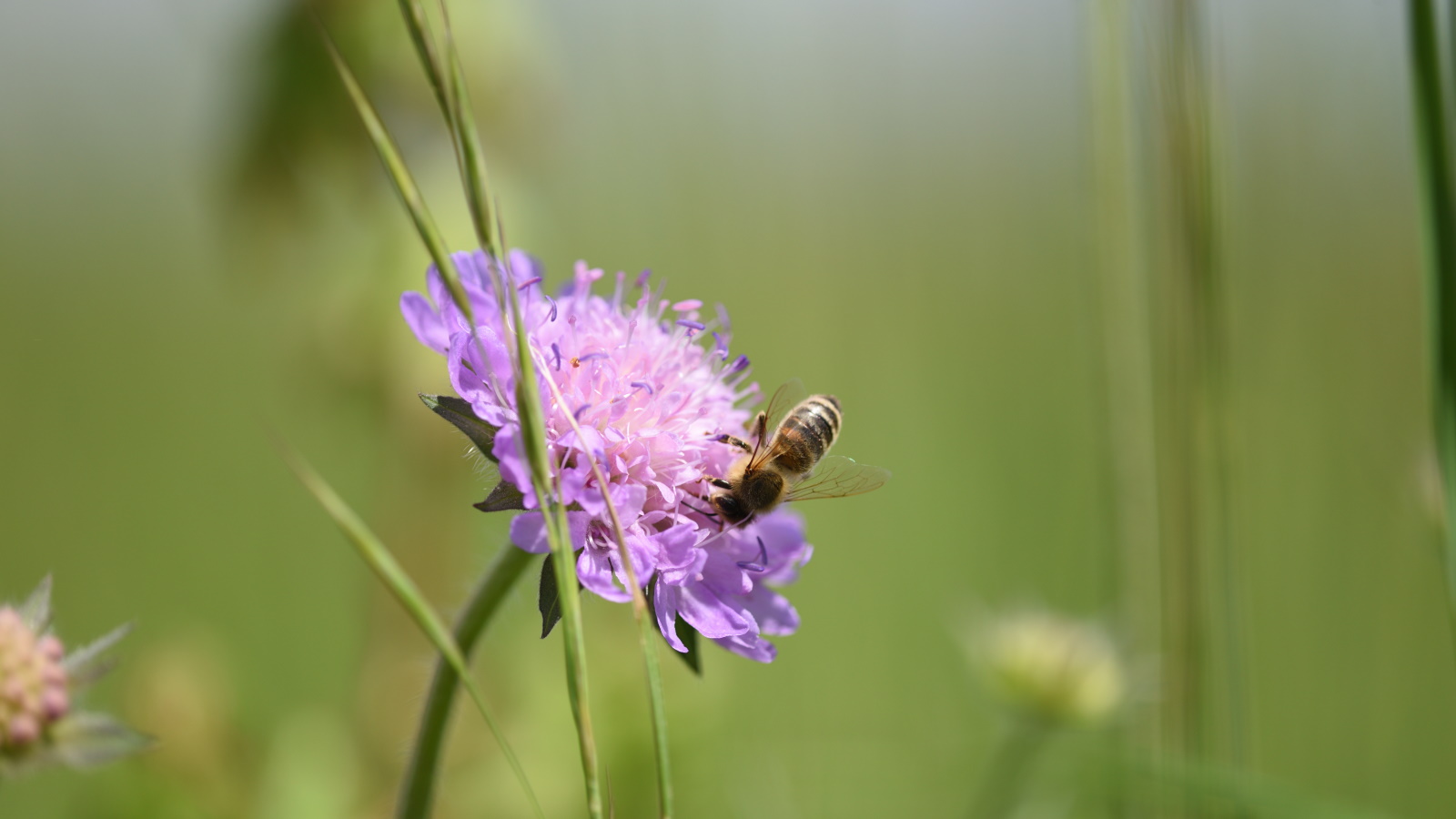

Soil is an incredibly changeable material that can vary greatly depending on where you live. The type of soil in your yard will determine the plants that can be grown. Ferns, for example, require moisture-retentive soil, such as you would find in a woodland. Growing a fern in sandy, arid terrains will not result in a happy ending.
Environmental factors can alter the condition of the soil, such as leaching from extensive periods of rain, or desertification from long stints of searing sun. Many of us will face challenges with our soil, and sadly, we cannot all enjoy rich, loamy borders. However, there are many resilient plants, including some of the best perennials and best annual flowers, that can handle poor soils and grow almost anywhere. These tough plants can be relied upon when gardening in challenging circumstances.
As a professional gardener, I have worked with many different soil types. Last summer, for example, when I was based in the Pienza region in southern Tuscany, the soil in much of the garden was gray clay. This heavy, dense soil would turn rock-solid when sun-baked, proving challenging for both gardeners and plants. However, there is always hope. Just think, in the Tuscan countryside, grape vines thrive regardless of this claggy, heavy soil. The trick is planting the right plant for the right place, and choosing species that can handle the quality and condition of your soil.
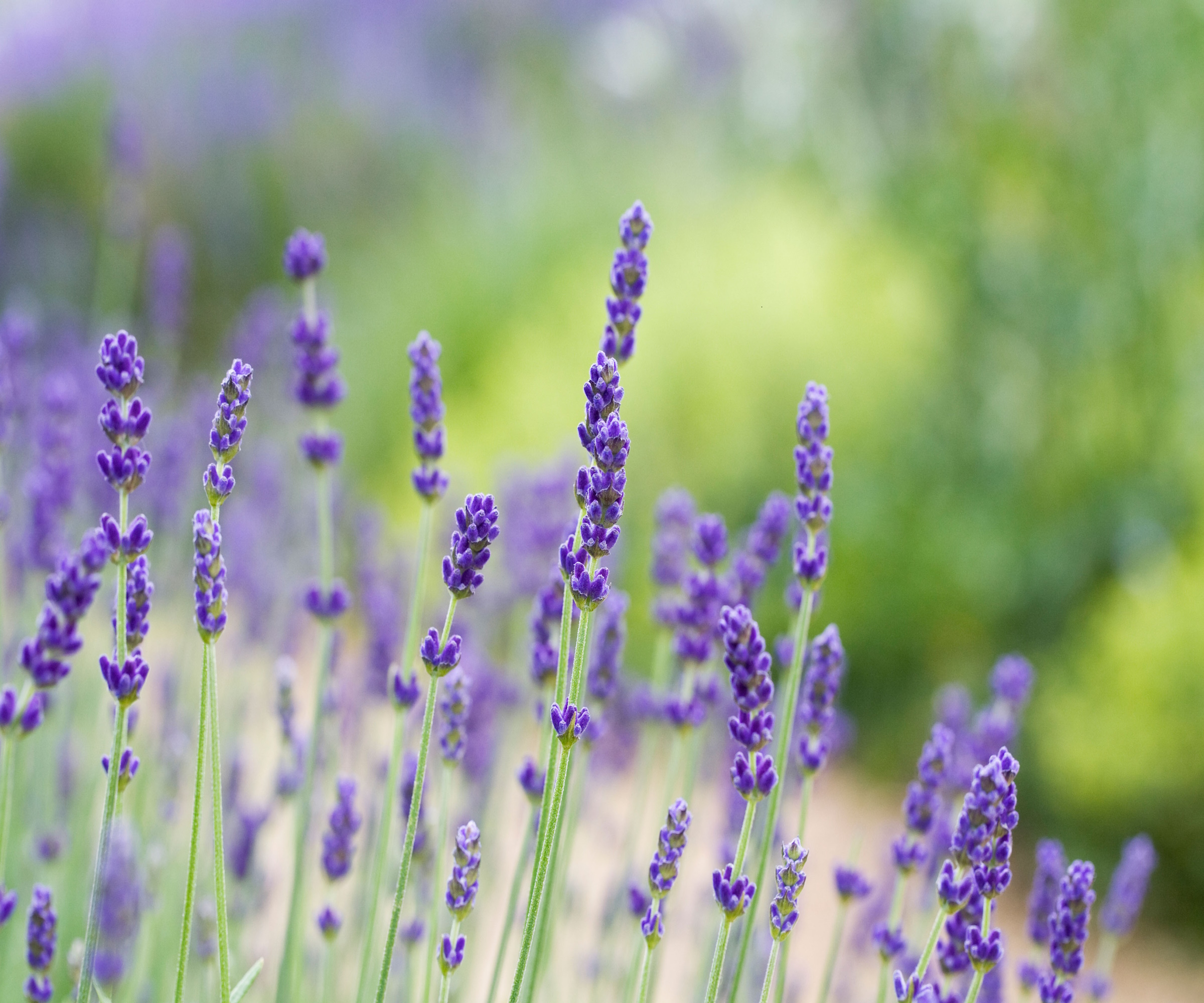
What is poor soil?
We all have favorite plants. Roses, peonies, delphiniums and hydrangeas - there are many popular flowering plants that it is hard not to fall in love with. However, the challenge for us gardeners is sometimes accepting that we must grow plants not for personal taste, but instead, that are suitable for the soil type we have inherited.
Poor soil is a catchall term applied to any soils that are challenging for plants to thrive in. This could be sandy, rocky, clay-based or otherwise, but generally, all poor soils are lacking in nutrients. Adapting to these conditions might seem limiting, but some of the best plants for poor soil are both beautiful and impactful, and - more importantly - will thrive despite tricky conditions.
1. Yarrow

Yarrow is native to temperate grasslands across the Northern Hemisphere. This plant can often be seen growing alongside highways, testament to its tough nature. If you enjoy prairie-style planting but worry about the quality of your soil, yarrow could be the resilient perennial you need.
Low-maintenance and versatile, yarrow can be grown from US hardiness zone 3 to US hardiness zone 9, typically producing a bounty of flat-topped blooms from June to November.
Design expertise in your inbox – from inspiring decorating ideas and beautiful celebrity homes to practical gardening advice and shopping round-ups.
This plant does best in full sun and is tolerant of most soils, thriving in poor, dry, rocky yards and quickly establishing itself despite challenging conditions. There are many different species and varieties to try, with flower shades including white, yellow, red and pink.
One of my favorites that I have grown is a dark-flowering variety, Achillea millefolium ‘Heidi’, with maroon blooms that fade to pale pink as the season goes on. Just be sure to deadhead yarrow in the summer to maintain the floral show for as long as possible.
Red and pink yarrow starter plants are available from Walmart.
2. Lavender

Looks can be deceiving, and this beautiful aromatic herb actually has a preference for nutrient-poor soils, thriving in dry, rocky, slightly alkaline soils, with a soil pH above 6.5. Native to Mediterranean mountainous regions where it thrives in sunny and stony locations, lavender will grow where other plants struggle.
Considering how to grow lavender, this herb does best in US hardiness zone 5 to zone 10, best positioned in full sun and dry, stony, arid environments. There are many different species and varieties of lavender, and all will grow well in nutrient-poor soil. For this reason, there is no need to fertilize lavender.
'We grow thousands of lavender plants at our nursery in New Mexico,' says Lisa Fontanarosa, a lavender expert and grower based in Albuquerque, New Mexico.
'For an easy-to-grow herb that will thrive in poor soil, lavender has to be the number one plant! We never use pesticides or fertilizer, the lavender plants thrive on their own in dry soil. What's more, lavender attracts bees and other important pollinators, and we love our buzzing bees.'
For rocky, sun-baked yards, try the resilient growing French lavender, Lavendula stoechas, which will thrive in direct sun. French lavender live plants are available from Walmart.
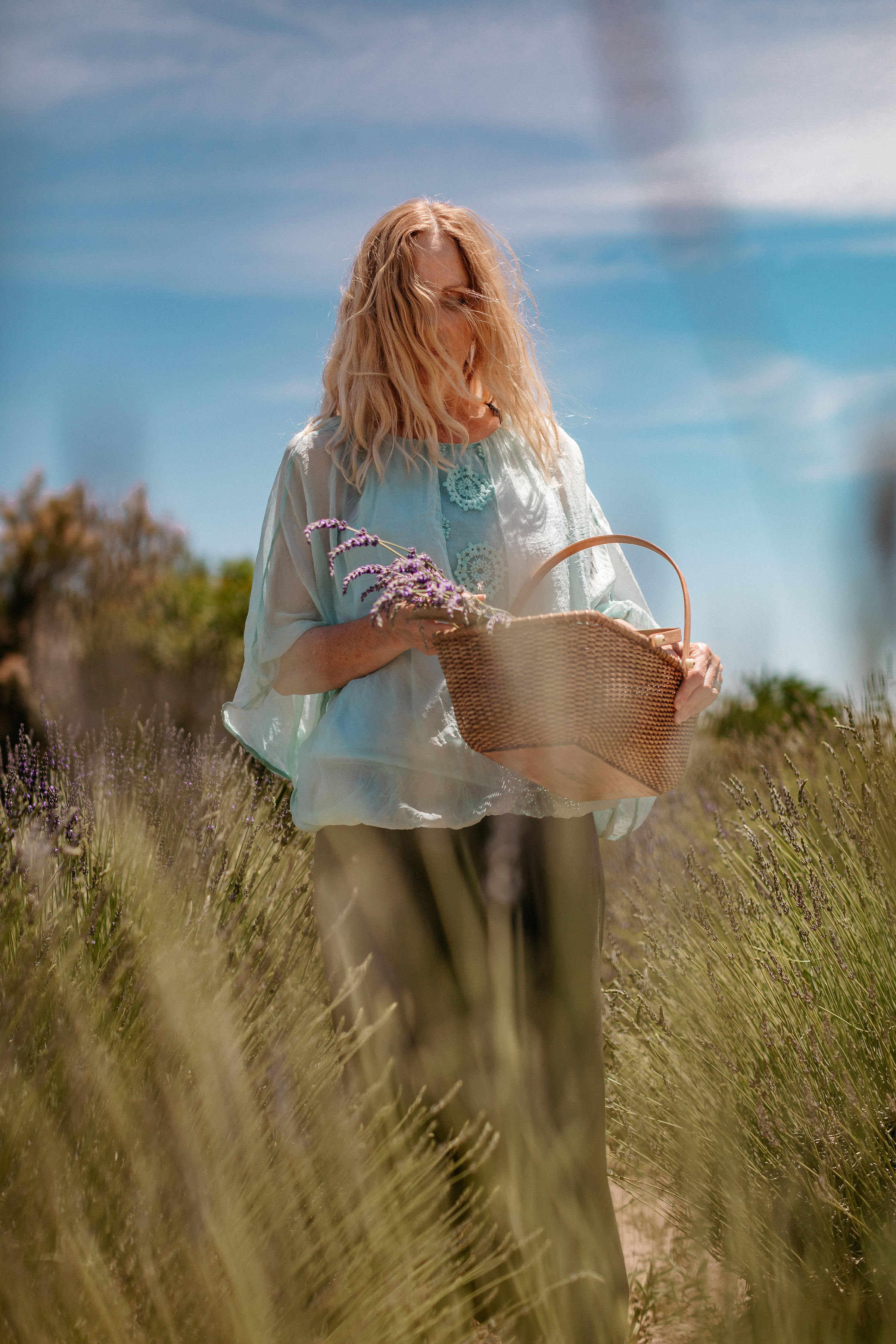
Lisa is an entrepreneur who loves plants, with a styling business, lavender farm, apple orchard, and flower gardens, based in Albuquerque, New Mexico. She is an expert lavender grower with many years of organic growing experience.
3. Chicory
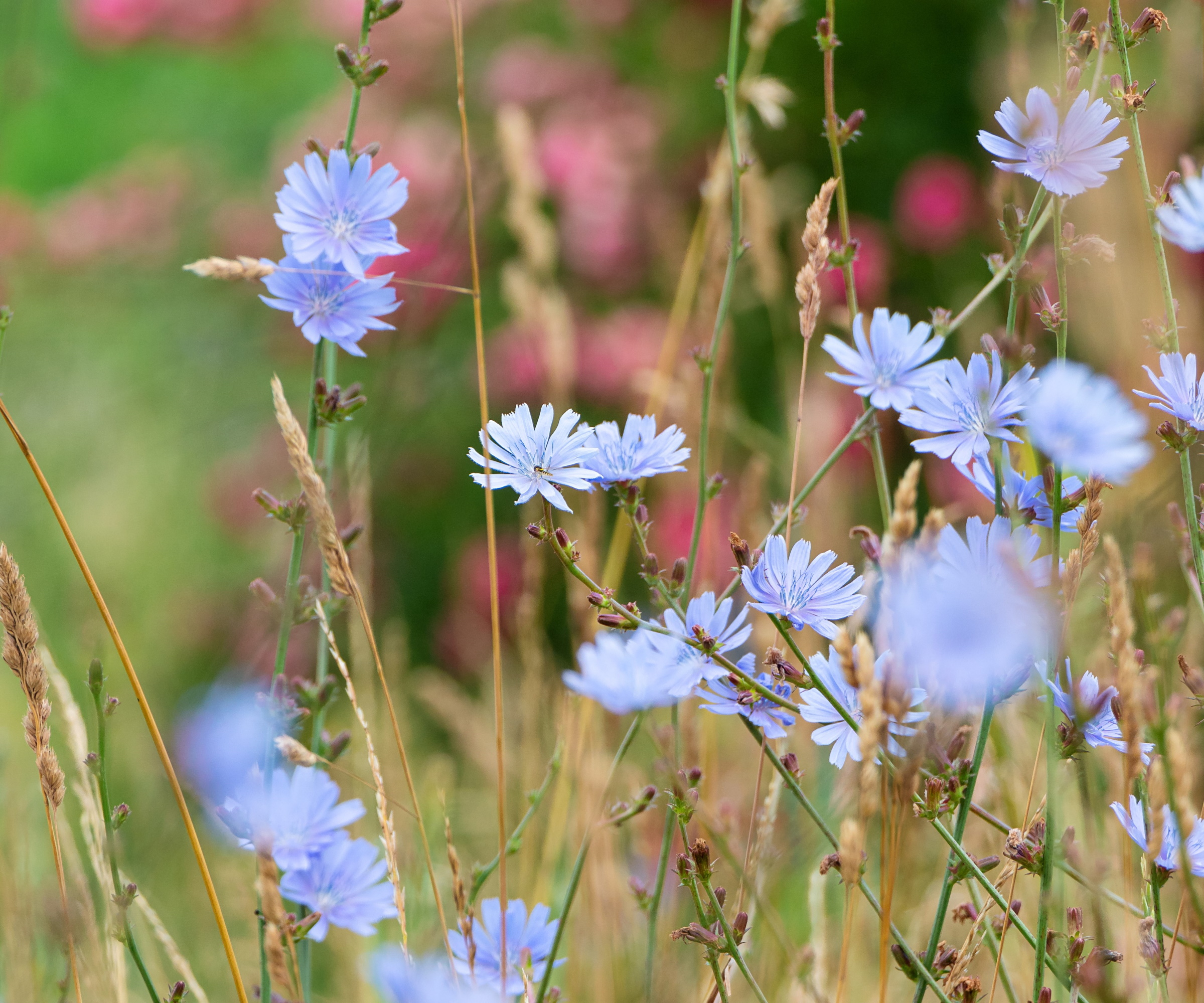
If you like blue flowers, wild chicory is the plant for you. Chicory, Cichorium intybus, can be grown in US hardiness zone 3 to zone 8 and is well-suited to sandy, stony chalk or clay soils that are low in nutrients.
Wild chicory is a familiar sight across much of southern Europe, thriving in wild and dry grasslands and tolerating poor-quality soils. In Italy, pale blue blooms would dazzle in the sunshine, thriving in vineyards and along the roadside. I would often catch flashes of blue when driving through the Tuscan countryside, and it is hard not to be enamored with these unique flowering plants.
Growing up 5 feet tall, wild chicory is a biennial plant, meaning that it will not flower until its second year. However, if you have a wild patch and you enjoy wildflowers, chicory is more than worth the wait, with blue daisy-like blooms that, I think, are rather special when bathed in the evening sun.
Chicory seeds are available from Walmart.
4. Field scabious
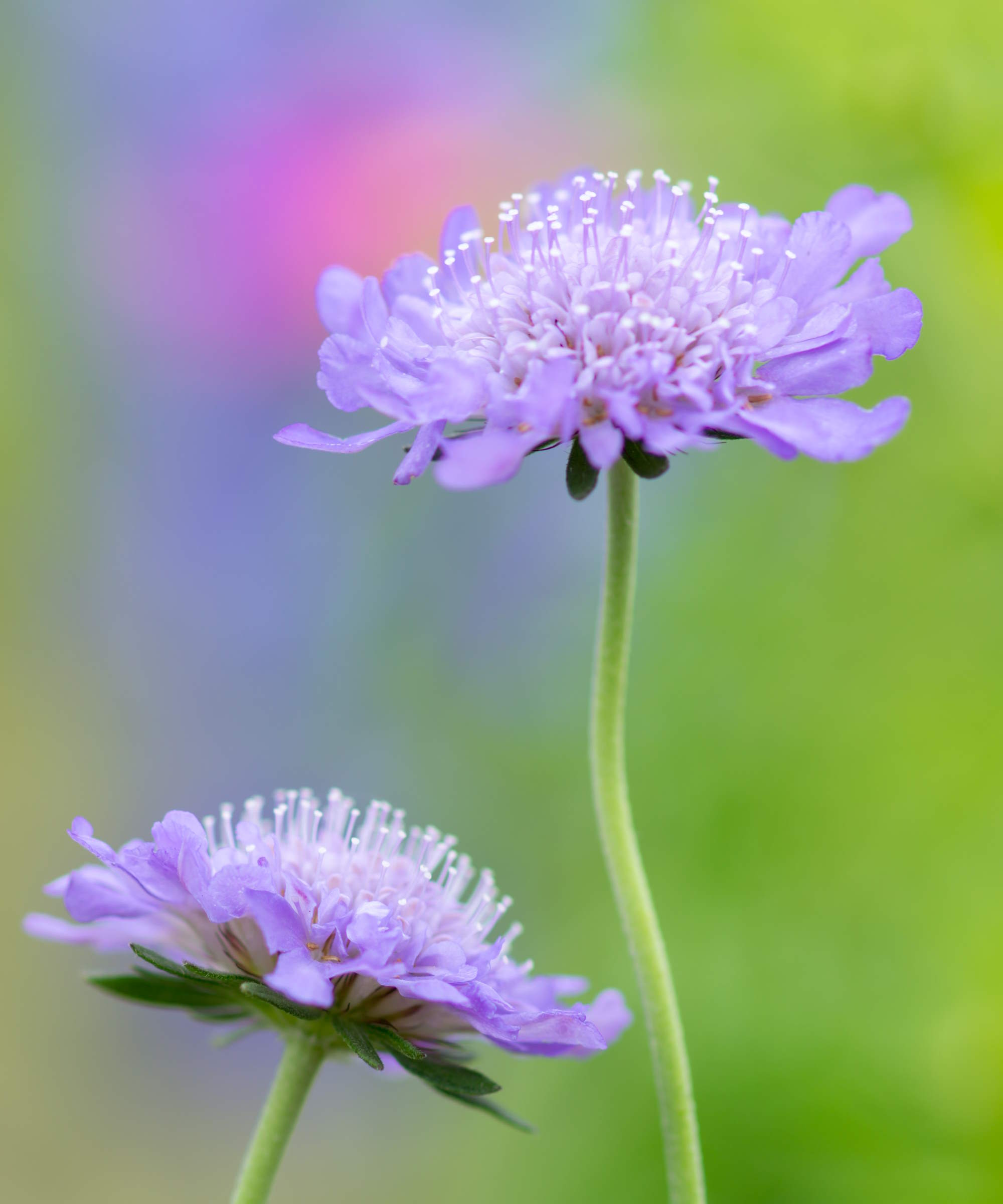
Field scabious, Knautia arvensis, is another resilient plant that is typically seen blooming in fields and meadows from midsummer until the first frost. Sometimes referred to as the pincushion flower, for its pincushion-like appearance, field scabious thrives in stony, dry soils, struggling in fertile or moist soils.
'Field scabious is a hardy, low-maintenance annual that can be grown in US hardiness zone 4 to zone 9,' says Rachel Bull, Head of Gardens at Homes & Gardens. 'Often considered one of the best plants for pollinators, lilac field scabious blooms will prove popular with any passing bees and butterflies.'
'Thriving in poor soils, field scabious is easy to grow and care for, and in my experience grow incredibly tall stems, which are wonderful for cutting. Simply scatter the seed in the spring, sit back and enjoy the pastel-colored blooms later in the year,' Rachel adds.
'So, if you are worried about soil health in your yard, growing meadow and wildflower plants, like scabious, could be your best bet.'

Rachel is a gardening editor, flower grower and floral designer. Her journalism career began on Country Living magazine, sparking a love of container gardening and wild planting. After more than a decade writing for and editing a range of consumer, business and special interest titles, Rachel became editor of floral art magazine The Flower Arranger. She then trained and worked as a floral designer and stylist in London for six years, before joining the Homes & Gardens team.
5. Milkweed
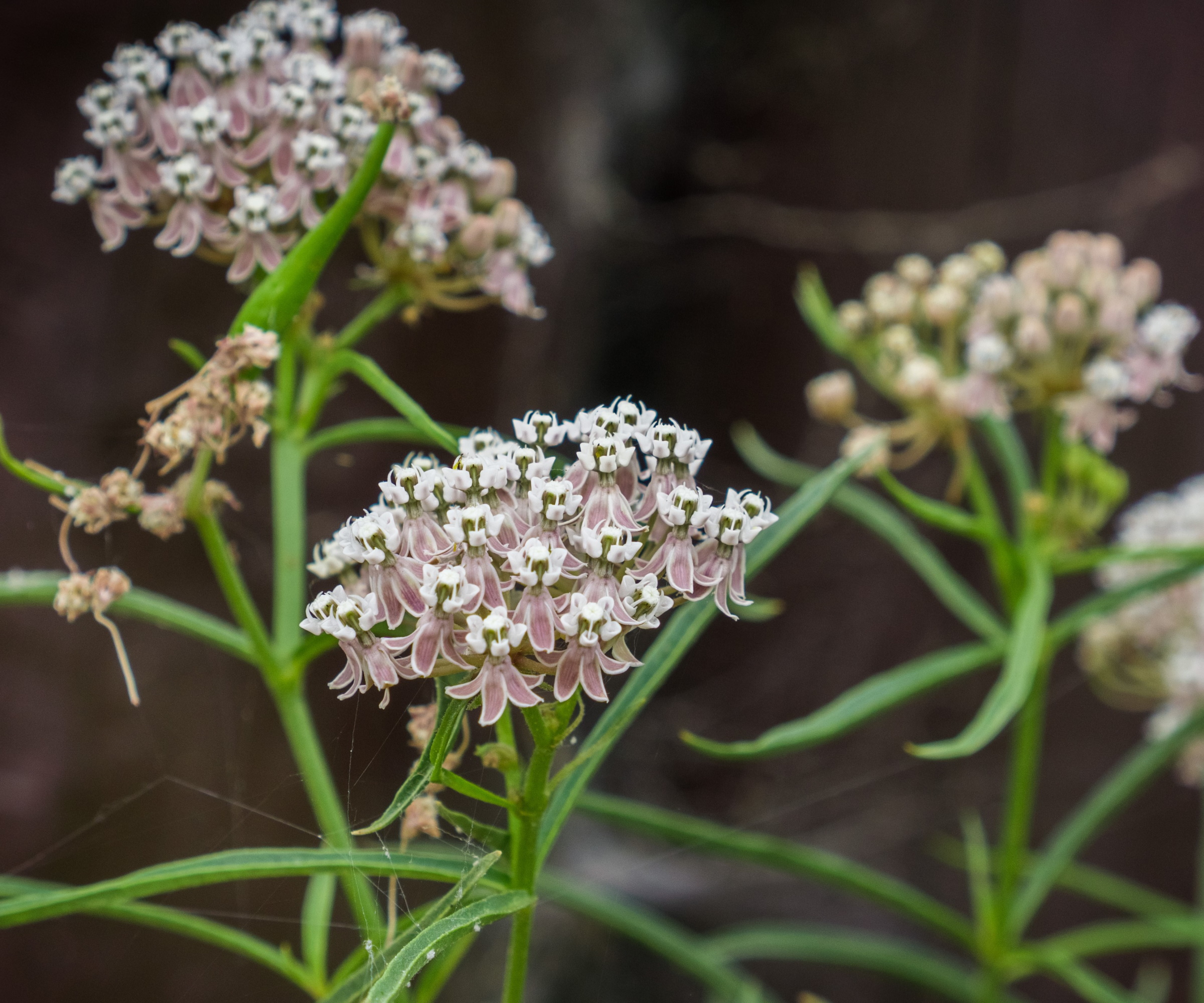
Milkweed is the ultimate native plant for poor soils, thriving in grass meadows, rocky terrains, coastal fronts, or clay-based soils. Growing in US hardiness zones 6 to 10, milkweed is a host plant for monarch butterflies, so if you are wondering how to attract butterflies to your yard, this is the plant to grow.
'Narrow-leaf milkweed, Asclepias fascicularis, is native to much of the Western United States,' says Terry Huang, plant expert and Director of Living Collections at South Coast Botanic Garden in the Los Angeles area.
'We see this species throughout much of California, and it is a remarkably adaptable plant, thriving in dry, sandy soils and heavy, clay soils,' Terry adds. 'It will tolerate cold, freezing conditions when dormant in winter, and grows just fine during periods of drought.'
Swamp milkweed plants are available from Walmart.

Terry Huang is the Director of Living Collections at South Coast Botanic Garden in the Los Angeles area. He loves to share his passion for plants by finding creative ways to make botany and horticulture fun and accessible for all.
6. Daylilies
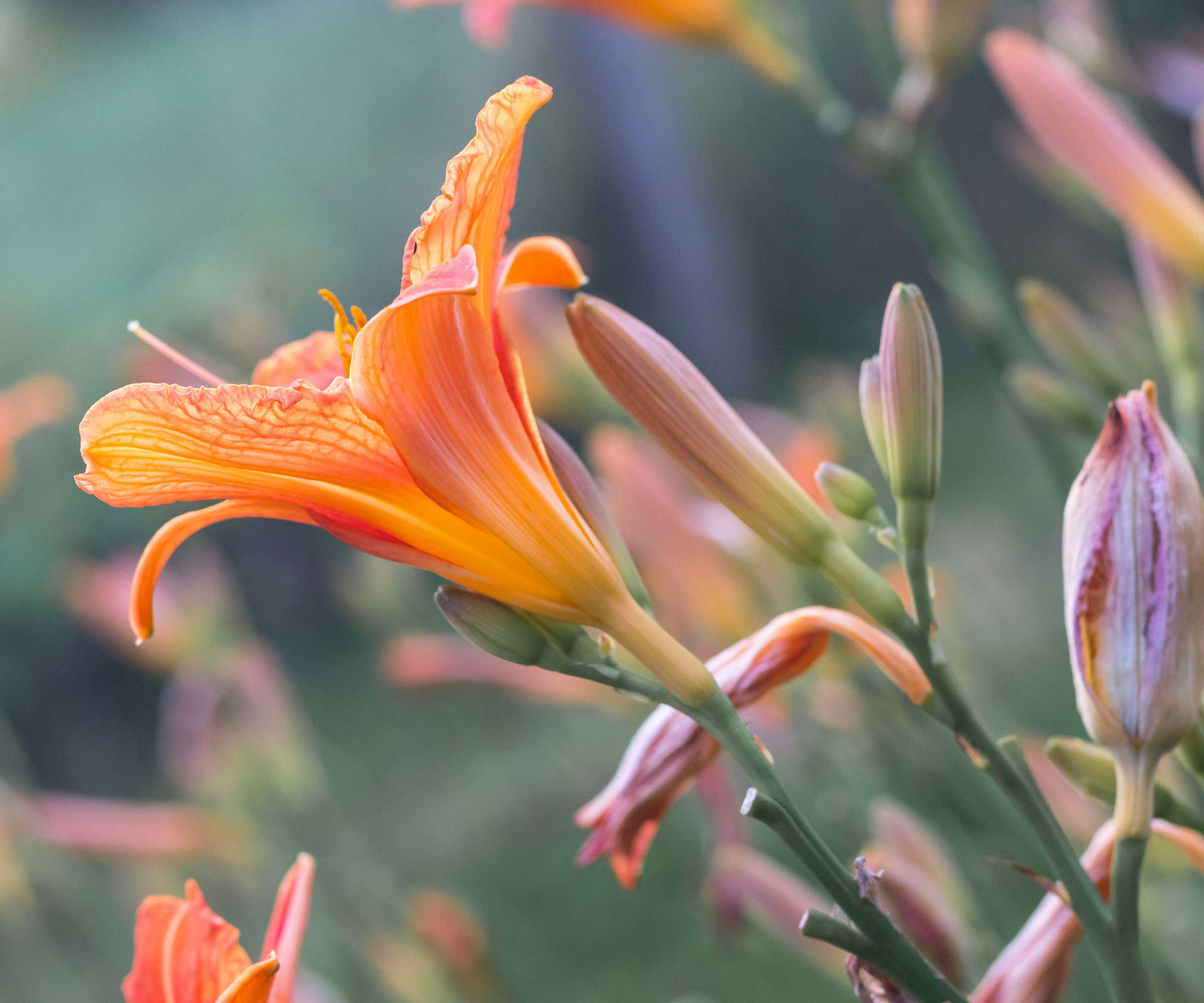
For reliable, low-maintenance plants, daylilies are hard to beat. Native to Asia, daylilies are not true lilies but belong to the Hemerocallis plant genus. When considering how to grow daylilies, these clump-forming perennials do best in US hardiness zone 4 to 9, and are remarkably resilient, thriving in most soil types.
Their other nickname, ditch lilies, might give you a clue as to how tough these plants really are, growing on grass verges and along roadside ditches in sunny regions across the southern US.
Be warned, however, that some daylilies, such as the orange Hemerocallis fulva, are vigorous perennials, considered by some states to be invasive plants. So, before planting, consult with your local government agency to understand if daylilies should be grown in your yard.
Daylily roots are available from Amazon.
FAQs
How do I find out about the quality of my soil?
If you do not know how nutritious your soil is, or what soil type you have, it is a good idea to invest in some equipment. Soil test kits, available from Amazon, will be able to instantly tell you the pH of your soil as well as the fertility. Knowing this information will help you to understand what can be grown in your yard. For example, if you have dry, nutrient-poor soil with a slightly alkaline reading, sunflowers would be an easy annual to grow to add summer color to the yard.
Whatever the soil, there will always be a plant that can be grown. Opting for hardy, tough and resilient species, as listed here, is a good option when gardening in poor soils, adding color and interest to even the most challenging of yards.
For more information on tough and hardy planting, see our guide to ditch plants. These plants can survive freezing winters and scorching summers, useful in times of fluctuating and erratic weather patterns.

Thomas is a Content Editor within the Gardens Team at Homes and Gardens. He has worked as a professional gardener for both public spaces and private estates, specializing in productive gardening, growing food and flowers. Trained in Horticulture at the Garden Museum, he has written on gardening and garden history for various publications, including The English Garden, Gardens Illustrated, Hortus, The London Gardener and Bloom. He has co-authored a Lonely Planet travel book, The Tree Atlas, due out in 2024.